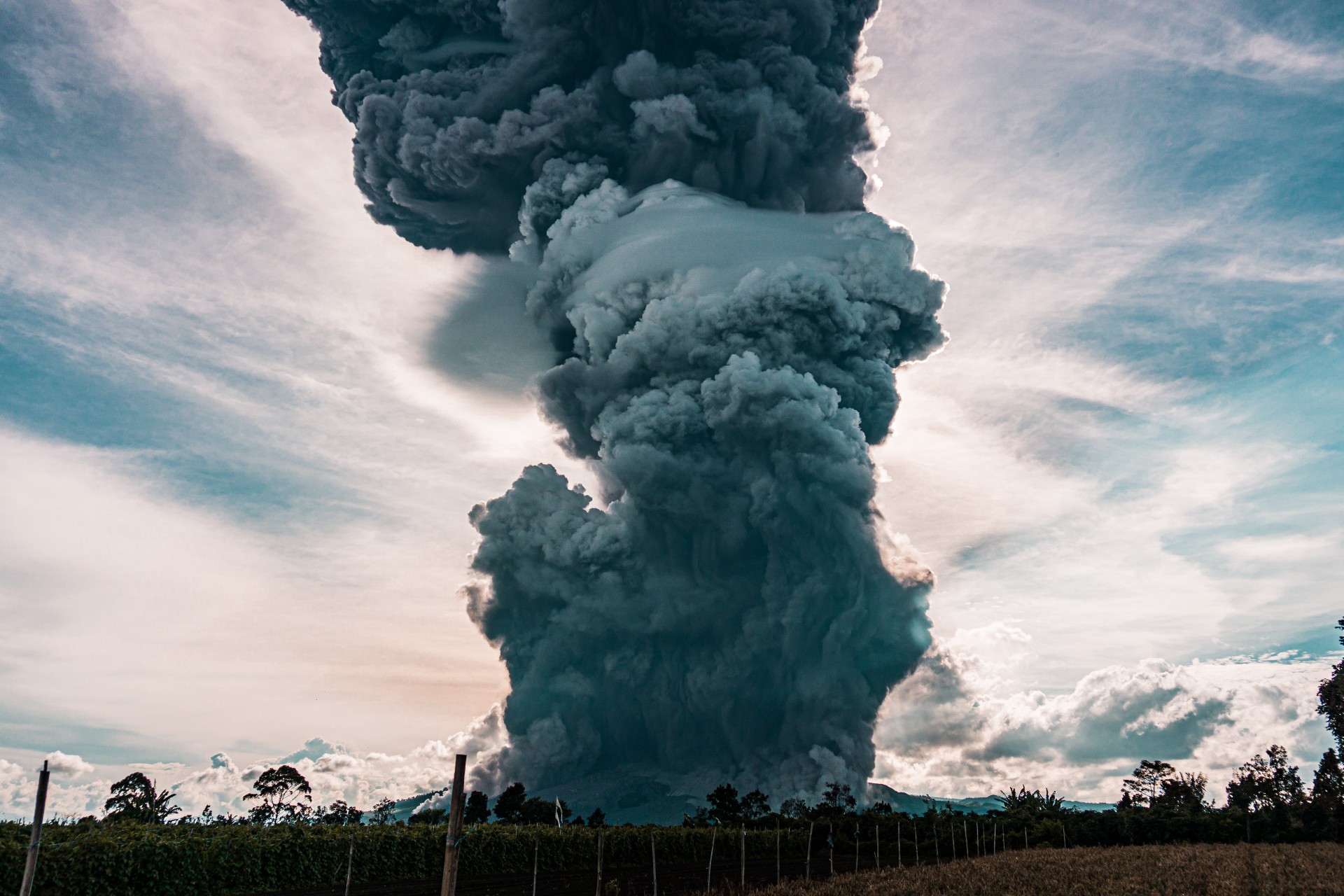Modern day threats
 We are currently living in unsettling times where there is threat from terrorism and wider political landscapes. The risk from CBRN is ever increasing due to advancements in technology and increased willingness of terrorists using unconventional weapons (Carter et al 2020). In 2018, a nerve agent ‘Novichok’ was used in Salisbury in the UK. There were 6 people affected by the nerve agent, 1 died. The incident posed significant challenges on the emergency services, requiring a large operational response in staff, specialised personnel, and equipment. The Novichok incident was a specifically targeted attack on a small scale, but it required a large-scale response. Imagine what would happen if there was a nerve agent terrorism attack in a city.
We are currently living in unsettling times where there is threat from terrorism and wider political landscapes. The risk from CBRN is ever increasing due to advancements in technology and increased willingness of terrorists using unconventional weapons (Carter et al 2020). In 2018, a nerve agent ‘Novichok’ was used in Salisbury in the UK. There were 6 people affected by the nerve agent, 1 died. The incident posed significant challenges on the emergency services, requiring a large operational response in staff, specialised personnel, and equipment. The Novichok incident was a specifically targeted attack on a small scale, but it required a large-scale response. Imagine what would happen if there was a nerve agent terrorism attack in a city.
In 1994 the Aum Shinrikyo cult conducted a Sarin nerve agent attack in Matsumoto that killed 8 people and injured 660. Again in 1995 the cult conducted a Sarin attack in a Tokyo subway, 13 people died, and 6,226 were injured. Both incidents required large scale responses from the Japanese emergency services and large numbers of specialist responders and equipment were required.
Although recent terrorism events within the UK have mainly been Marauding Terrorism Attacks (MTA), significant risk is still posed from a CBRN threat. As from the examples in Japan, CBRN attacks can cause high numbers of casualties and require specialist resources. For an emergency responder, dealing with a CBRN incident will likely pose significant challenges and require use of training that isn’t practiced often.